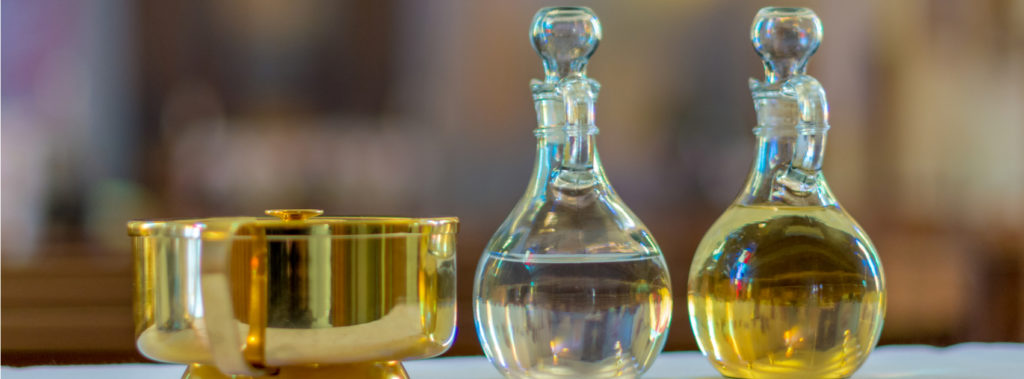
You can emphasize your eyes or cheeks, adding more color than you would on day time. Their make up is probably ten times the amount to accommodate the strong lighting on stage. That is why performers look beautiful on stage but hideous up close and personal. The pedigree class wear either eye shadow or eye liner but never both, especially for day time.Įvening Make up: Wear a heavier foundation because under bright artificial light, you’ll look washed out if you don’t have enough make up. If clueless, look for the word “natural” when you shopping.

Timeless Makeup For A Classically Beautiful FaceĮveryday Make up: Wear a light foundation ensuring that it is even (concealing red patches etc) with light brown eye-shadow. You can wear it in a chignon for an elegant evening, blown out for everyday wear, a low pony tail for casual days or just leave it as it is. They also only wear colors that look natural. They are religious in their roots touch up appointments. If they color their hair, you will never know. They are often found sporting simple chin length bobs, shoulder length hair, soft curls, wavy or straight. There are a few classically elegant hairstyles that will suit most, if not all. Sure, you now know the best hairstyle for you, but what is the point if you cannot maintain it? You might be too busy, or just cannot imagine spending a few hundred dollars each visit etc etc. And I know this, the hair color that you were born with is not necessarily the best for you! Of course, it won’t be bad, and it’s up to how far you want to take this little tip. The color of your hair either dulls or brightens your complexion. Some women suit cool colors like ash-toned blonds and browns, and others warmer tones like reddish orange tones. He/she will be able to recommend what kind of hairstyle best suits your face, and the colors that will bring out the color of your eyes and cheeks.
#Timeless meaning skin
Get a consultation with a good hair stylist to assess your face shape and skin tone. How is it that women like Audrey Hepburn, Grace kelly, Natalie Portman amongst other elegant women manage to stay so timelessly beautiful and essentially stylish?
#Timeless meaning how to
I will be breaking down the components of How to get Timeless Style in easy to read formats. The 102 on how to achieve unfading classic style. Learn how to refuse your way to elegance. To be on time is by 1854 in railroading.Attain timeless style. About time, ironically for "long past due time," is recorded from 1920. Time frame is attested by 1964 time-limit is from 1880. To do time "serve a prison sentence" is from 1865.

Wells' "The Time Machine." Time capsule first recorded 1938, in reference to the one "deemed capable of resisting the effects of time for five thousand years preserving an account of universal achievements embedded in the grounds of the New York World's fair." Jones potters about for a while in the region which we have come to regard as New York, finds countless ruins, but little of interest to the historian except a calcified direction sheet to something called a "Time Capsule." Jones finds the capsule but cannot open it, and decides, after considerable prying at the lid, that it is merely evidence of an archaic tribal ceremony called a "publicity gag" of which he has already found many examples. Time warp first attested 1954 time-traveling in the science fiction sense first recorded 1895 in H.G. Times as the name of a newspaper dates from 1788. Behind the times "old-fashioned" is recorded from 1831. The times "the current age" is from 1590s. salutation (as in "Good time of day vnto your Royall Grace," "Richard III," I.iii.18), hence to give (one) the time of day "greet socially" (1590s) earlier was give good day (mid-14c.).

what someone won't give you if he doesn't like you) was a popular 17c. Time of day (now mainly preserved in negation, i.e. retained in America, whence readopted in Britain in 19th c. to have a good time ( = a time of enjoyment) was common in Eng. Extended senses such as "occasion," "the right time," "leisure," or times (v.) "multiplied by" developed in Old and Middle English, probably as a natural outgrowth of such phrases as "He commends her a hundred times to God" (Old French La comande a Deu cent foiz). In English, a single word encompasses time as "extent" and "point" (French temps/ fois, German zeit/ mal) as well as "hour" (as in "what time is it?" compare French heure, German Uhr). Personified at least since 1509 as an aged bald man (but with a forelock) carrying a scythe and an hour-glass. Old English tima "limited space of time," from Proto-Germanic *timon- "time" (source also of Old Norse timi "time, proper time," Swedish timme "an hour"), from PIE *di-mon-, suffixed form of root *da- "to divide."Ībstract sense of "time as an indefinite continuous duration" is recorded from late 14c.


 0 kommentar(er)
0 kommentar(er)
